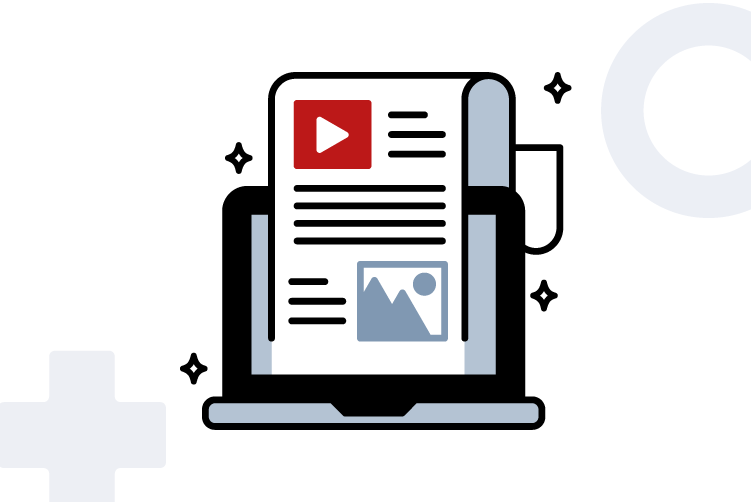Hiring During COVID-19: 10 MUST-READ Blogs for Employers
COVID-19 has transformed the job market, and while no-one can anticipate the long-term impact, one thing that’s certain is that we’re now operating in a climate that hasn’t been seen for decades. As a result of high unemployment, the pace of recruitment is changing dramatically – as is the way it’s conducted.
In our recent series on “Hiring During COVID-19,” Pete Davis goes into detail about the ten major challenges employers can expect to face when unemployment climbs and provides advice to help you get the talent you need in this environment.
Here is a round-up of these must-read blogs:
1. Finding a Needle in a Haystack
As a result of COVID-19, recruitment has transformed drastically and requires a very different approach to what most employers will be used to. Find out about the key challenges employers may encounter in a high unemployment environment, here.
2. A 1600% Increase in Job Applications
In this high unemployment environment, there will be more unqualified candidates in the market than we have ever seen, which can result in significant extra costs and work for employers. Read on for practical advice and insights on navigating the pool of unqualified talent.
3. The Risk and Reward of Overqualified Candidates
Whilst there is a risk anytime you hire a new employee, when it comes to overqualified candidates, the risk can arguably be even greater – but so can the reward. Find out how to weigh up the dangers and opportunities of bringing an overqualified candidate into your team, here.
4. Speed is King
At some level, we are all conditioned to “follow the process,” but nothing works better in recruitment than speed, regardless of whether there few candidates or plenty of them. Pete Davis explains why the linear recruitment process will not be effective for securing the best talent in this blog.
5. Why You Should Consider Candidates with Resume Gaps
For many recruiters and hiring managers, a resume gap is a red flag that is often viewed with great scepticism. Here, learn why you shouldn’t overlook these candidates and why they could actually represent an excellent talent acquisition in today’s market.
6. Hard-to-Fill Roles in High Unemployment
In times of high unemployment, it is reasonable to expect that there will be a plethora of highly qualified candidates available, but this is not always the case. Find out why skill gaps persist and how employers can attract the talent they need, here.
7. The “Boot Camp” Approach to Hiring Candidates in Other Industries
One opportunity that has been created by COVID-19 is the increased availability of talented candidates from other industries. These people could be a great investment for your business, but their lack of industry experience may also be a challenge. Pete Davis explains how to use the “boot camp” approach to identify the people who will hit the ground running – read on to learn more.
8. Setting Salaries in a Shifting Market
Salaries are about supply and demand and are essential components of employee engagement and retention. But how do you set the right salary levels in a market where the factors influencing supply and demand are constantly changing? Find out, here.
9. Managing the Volume of Applications
With well over double the number of candidates in the job market than there was in February and that number poised to rise even higher, effectively managing the volume of applications is vital not only to secure the best talent available but also to prevent brand damage. Learn how employers can handle the application volume in this blog.
10. The Internal Recruitment Circle of Life
Internal recruitment teams have always had a circular existence, with organisations constantly grappling with the balance between outsourcing and hiring in house. Pete Davis explains the impact of this high-volume market and the new role internal recruiters will play in the post-COVID-19 world – find out more, here.
If you’d like to discuss any of the points in this series or need help with hiring in this challenging climate, feel free to reach out to your local Frontline Agency owner.
Read more
